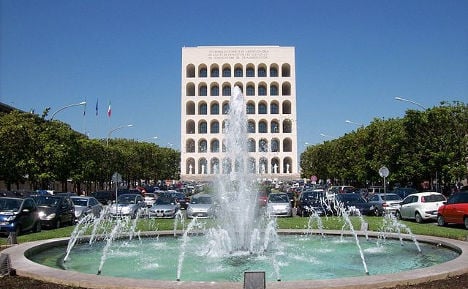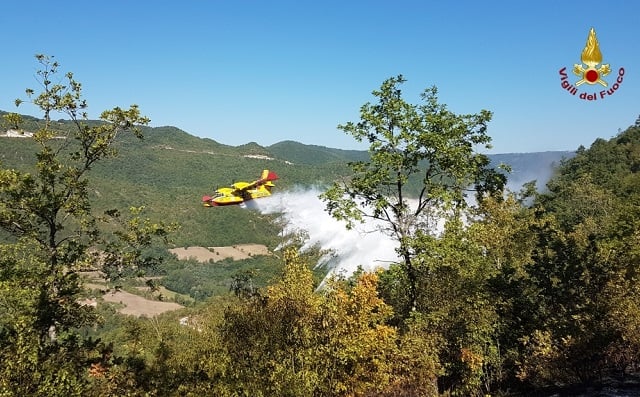The building, known by Italians as the Square Colosseum but officially entitled the Palace of Italian Civilization, was built by Mussolini as the centrepiece of the EUR district he created in the south of Rome for a 1942 Universal Exhibition that never took place because of World War II.
Fendi has spent millions renovating the building, a perfect cube featuring no fewer than 260 symmetrical arches spread across eight different levels.
The design of what was initially intended to be an exhibition space is supposed to recall the form of a Roman amphitheatre in sleek modernist lines.
Apart from one brief spell when it was partially occupied by an offshoot of a government ministry, the building has been abandoned since WWII – largely due to its fascist connections.
Fendi CEO Pietro Baccari played down the building's association with Mussolini's authoritarian regime. “No fascist lived or worked here,” he told AFP.
“Romans love the building particularly because it resembles the Colosseum and because it is a masterpiece of modernist architecture.”
Fendi is reportedly paying €240,000 a month under a 15-year-lease for the building in which it has installed its offices, fur workshop and more than 400 staff.
For the first time, visitors to Rome will be able to tour part of the building as the ground floor is to become a permanent exhibition space with free entrance, starting with a history of the building and the surrounding district.




 Please whitelist us to continue reading.
Please whitelist us to continue reading.
Member comments